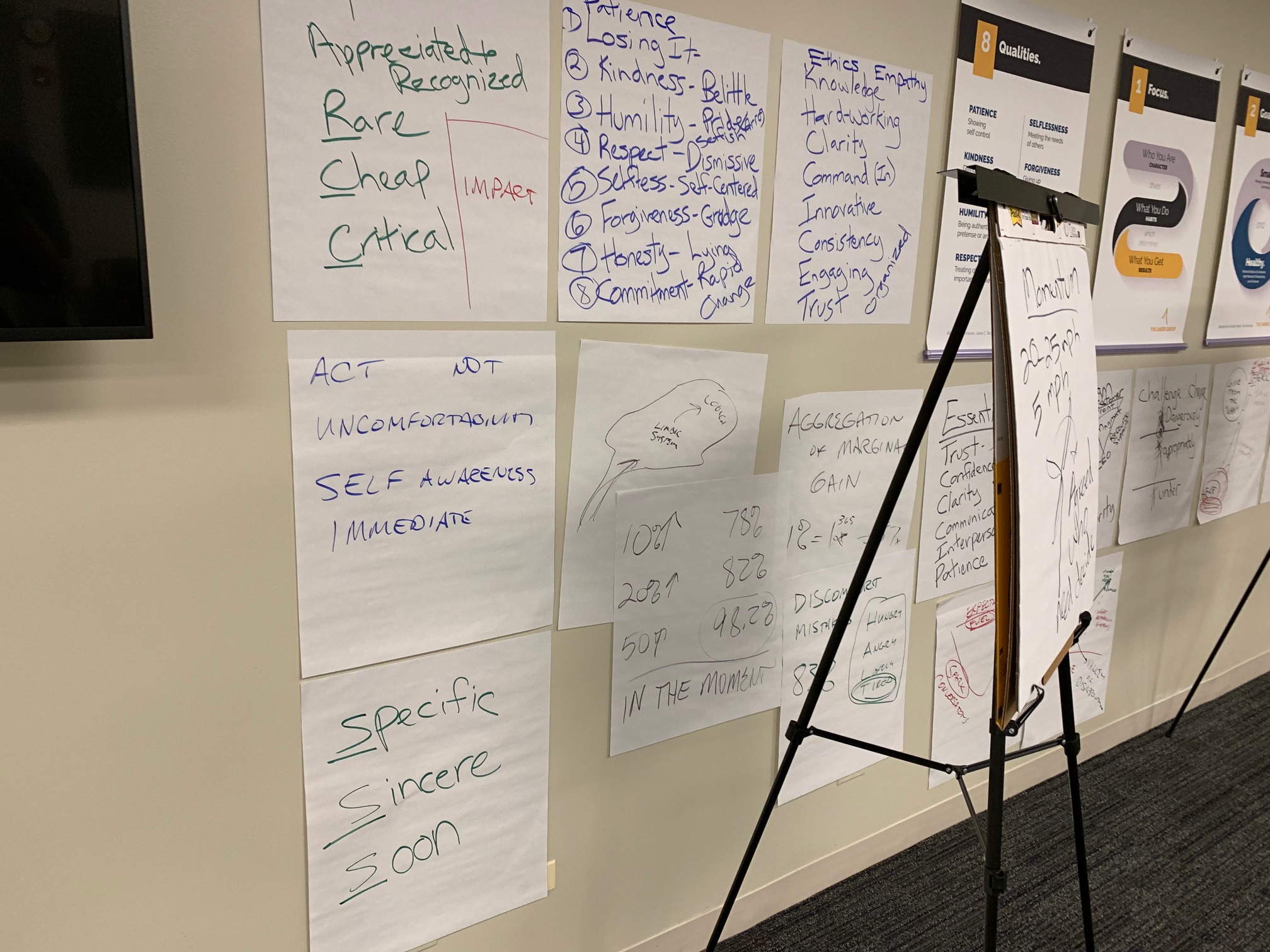
Mike Skibbe (Twitter and LinkedIn)
What I’m Watching: Street Outlaws (It’s like real housewives, but car guy drama)
What I’m Reading: Bringing Out The Best in People, Aubrey Daniels
Are performance evaluations still broken? When searching this topic at ELGL, the last post seems to be from five years ago. The frustration of evaluations not being performed, or not being performed well, still exists in many local governments. We seem to have no problem talking about project success or failure, and how to evaluate our programs. But on the people side? Chaos!
A village (I may or may not work for) recently completed annual employee evaluations. Because they are tied to our (oops, ok yes, I am part of the problem) pay for performance plan, there is a lot of engagement from the employee side… but that doesn’t always translate into engagement from the management side.
A key indicator of management team engagement is how long it takes us to complete the evaluation cycle.
There’s going to be a time in any organization where one of your processes gets bloated beyond recognition. It’s not because a manager woke up one day and decided to make something overly complicated. It’s not because a committee met and decided a process flow was too short and they wanted to extend it by a couple months, just for fun. It’s not because people weren’t trying to make something better. We were trying to be innovative.
But sometimes processes break anyway.
The reality is that we locked into a system that requires so much attention that it takes a month to write evaluations, three more months to evaluate data and push 250 evaluations through an approval chain, and then a couple weeks to schedule sit downs with employees to discuss their performance.
For those keeping score at home, it could be 16 months between an action and a reaction. We might be sitting down with employees to discuss their performance on something that happened 16 months ago. As someone put it recently, would you yell at the dog for the shoe they chewed last week?
Aubrey Daniels, in Bringing Out the Best in People, reminds us that nothing is worse than a bad performance evaluation process. It disengages our employees. It’s better to have no evaluations at all than to have a bad system. But when your performance evaluation system is tied into board action and is your only approved way to hand out raises, you can’t just abandon it. We call that a pickle.
Management Input: If once a year is bad, should we do two a year for more immediate feedback?
Aubrey Daniels Input: Doing something bad twice a year is twice as bad.
Dog’s Input: I don’t remember 5 minutes ago. Woof.
Ok, we need a different approach entirely.
Our Police Department was able to turn this all on its head. They found a program called Guardian Tracking, created by retired police officers, to document critical incidents through an approval process. They are able to enter incidents as soon as they happen, good and bad. The employee receives feed back in a reasonable timeframe, and therefore the feed back is a coaching moment instead of a 16 month old hammer. Public Works and Fire are now using the same system, and things are going well. Here’s some things I’ve learned:
- An entry should be created any time something “turns your head” as a manager. Good and bad. We sit at about 85% good entries and 15% coaching entries.
- When something does “turn your head”, talk to the employee. Then create the entry after speaking to them. Do not use the software as a back door way to manage or avoid a conversation. Sincere, Specific, Soon.
- You may want to institute a minimum entry amount. Police uses two entries per employee, per month. The idea is that you have 24 data points once you get to an annual performance evaluation. The risk of not instituting a minimum is that some managers may only enter accidents and failures, and not recognize enough good things that happen. Documenting the good incidents reinforces the good behaviors, and helps employees be aware of expectations.
- Tracking entries, in some manner, also allows early warning flags to be raised. This is especially useful as first responders when several difficult situations arise in a short time frame… you may need to check in on an employee’s mental or emotional state. Or if a good employee is suddenly receiving a bunch of entries, maybe there is something going on outside of work affecting their performance at work. This can help our emotional intelligence as managers, to check in at the right time and offer support.
- The system also helps our accident review committee and employee recognition committee with documentation and flow of data. It’s a Norsemen of the Datapocalypse credo of Don’t Enter Data Twice in action.
Immediate feedback is the state of the art in employee evaluations. And while Guardian Tracking doesn’t replace an annual employee evaluation for us, it helps us be good managers in spite of our evaluation timeline. We can be engaged, active, and reasonable with our coaching and feedback. Best of all, the documentation isn’t a surprise once we get to evaluations.
Let’s keep up with this topic and let me know if you’ve seen other improvements to the state of performance evaluations. Hit me up on Twitter @mskibbe.
